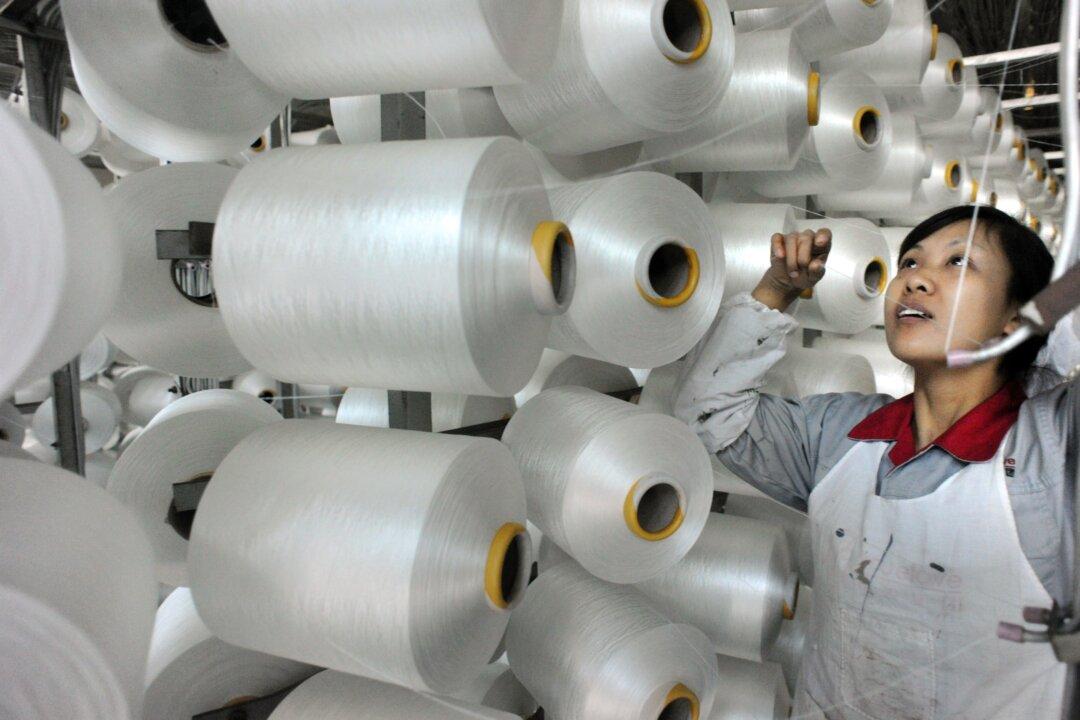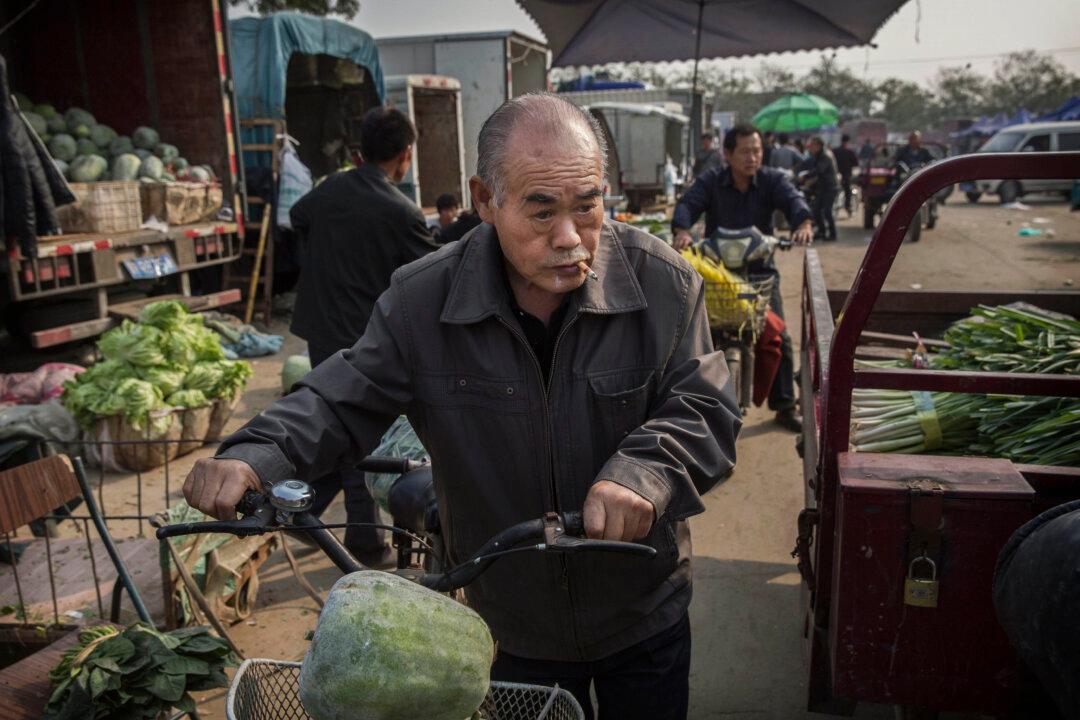China’s manufacturing sector shrank in January for the second month in a row, an inauspicious start for 2015 ahead of the annual production slowdown for the Chinese New Year.
The widely followed HSBC China Manufacturing Purchasing Managers Index (PMI) for January 2015 was 49.7, up fractionally from 49.6.
It is now solidly in contraction territory after three months below the reading of 50, which is the threshold economists use that separates a manufacturing expansion from a contraction.
The report, from global bank HSBC Plc, came after an official Chinese Communist Party government reading of 49.8.
“Both new orders and new export orders saw downward revisions, but still signaled marginal expansion,” said Hongbin Qu, Chief Economist, China & Co-Head of Asian Economic Research at HSBC.
“We think demand in the manufacturing sector remains weak and more aggressive monetary and fiscal easing measures will be needed to prevent another sharp slowdown in growth.”





